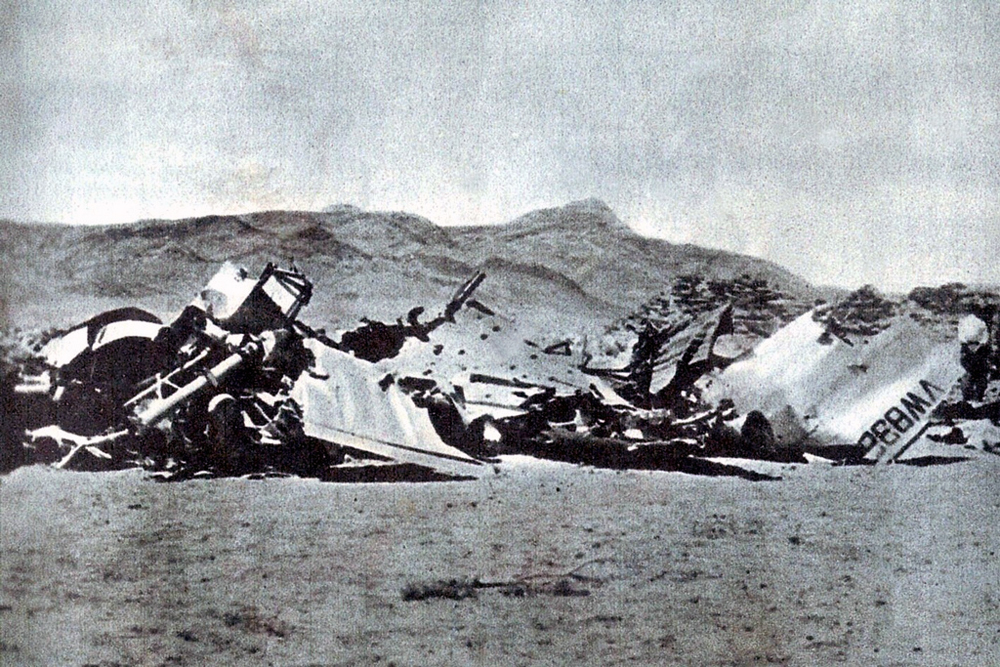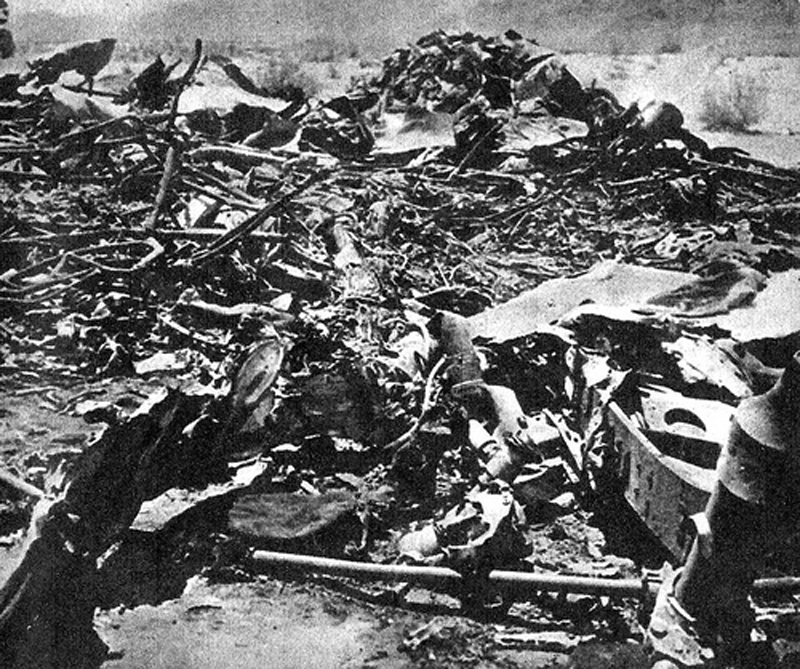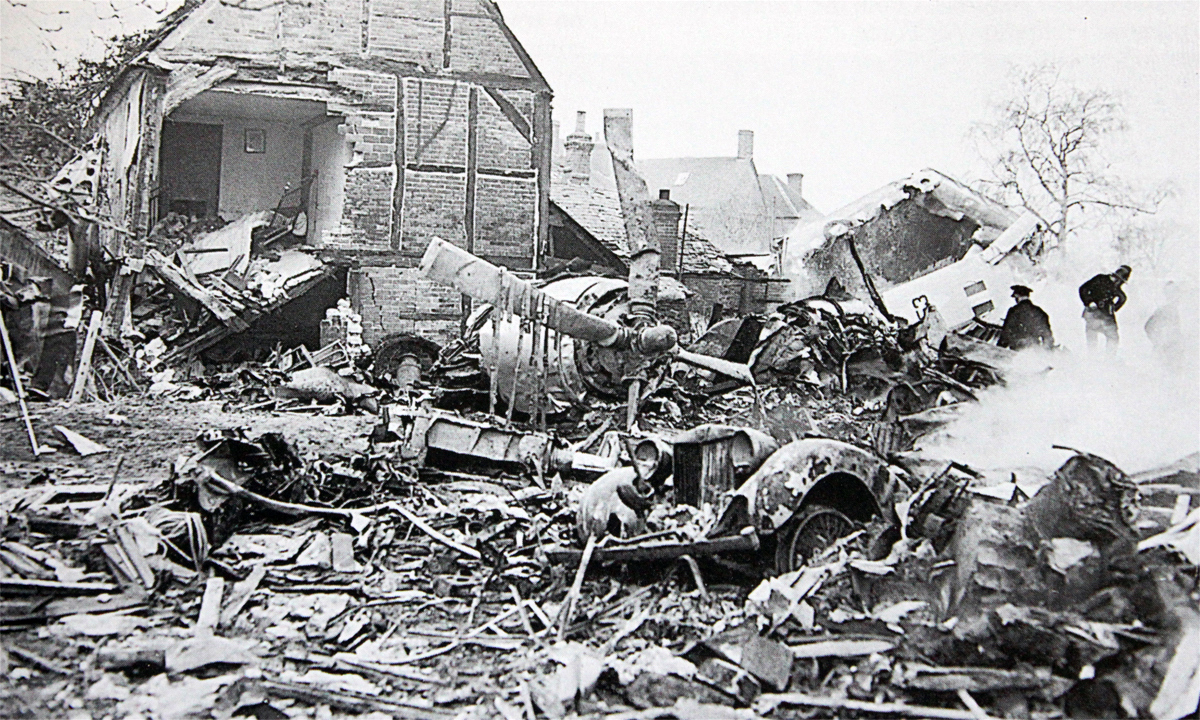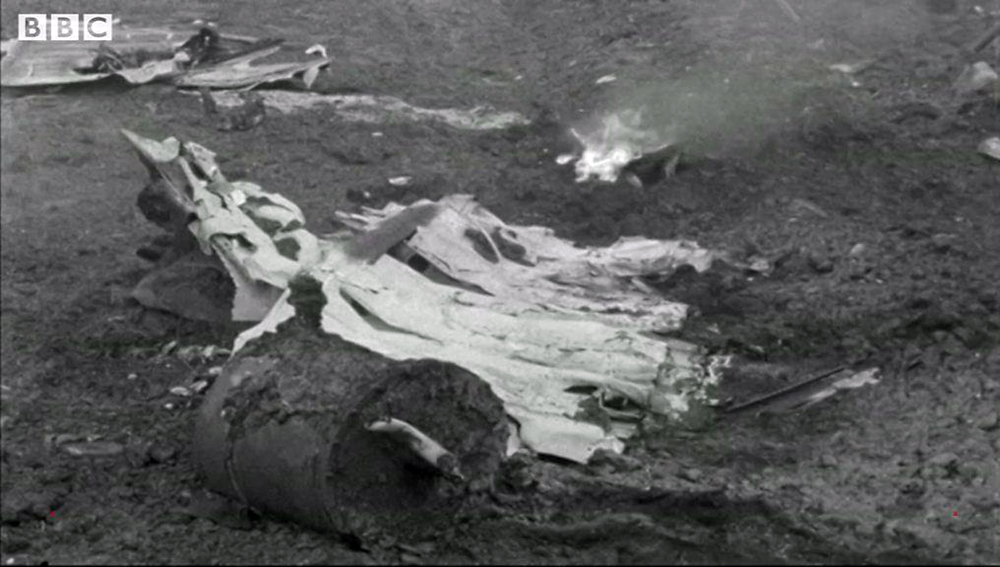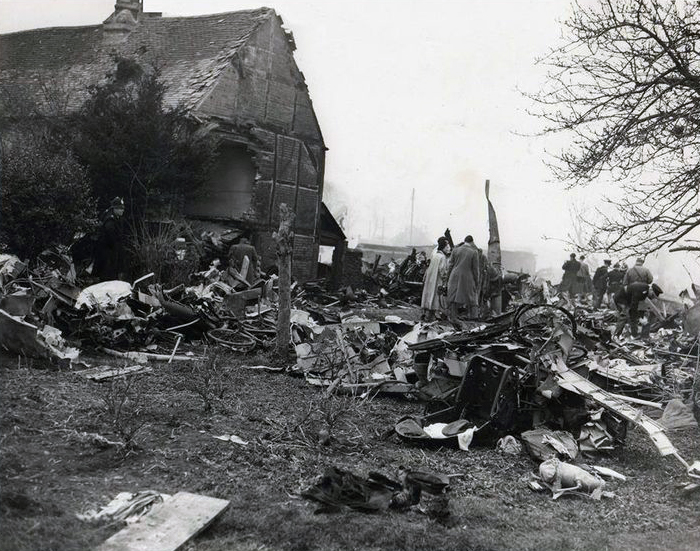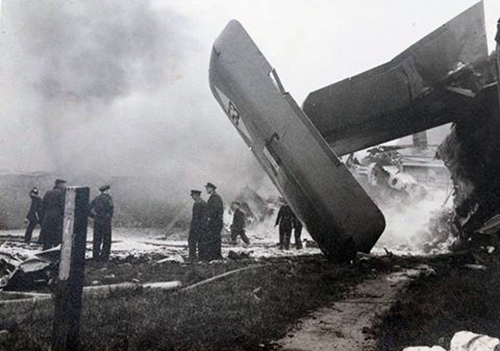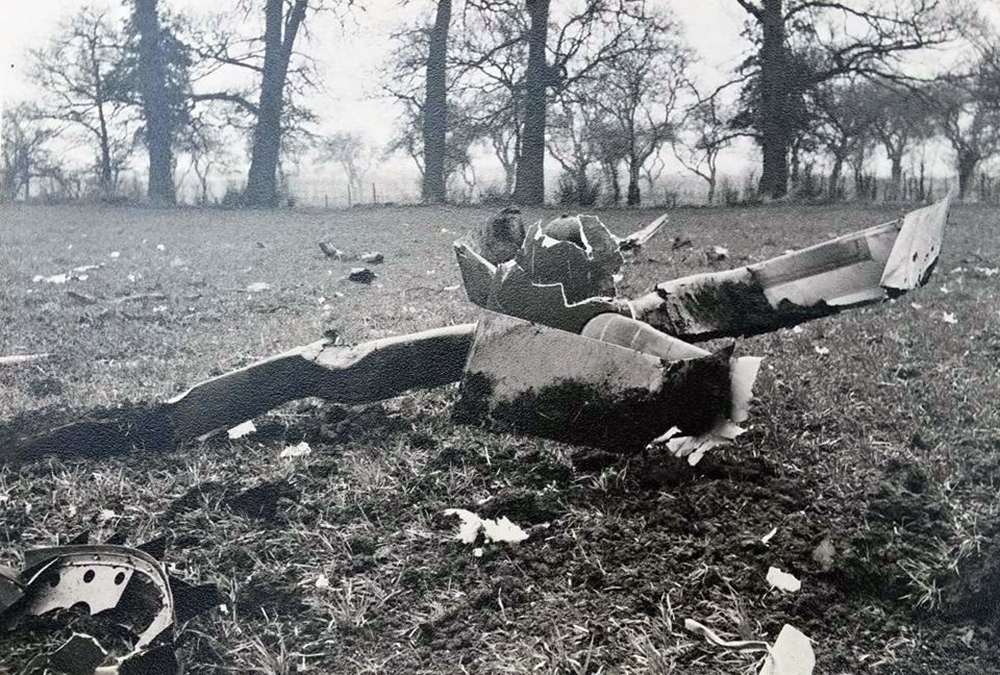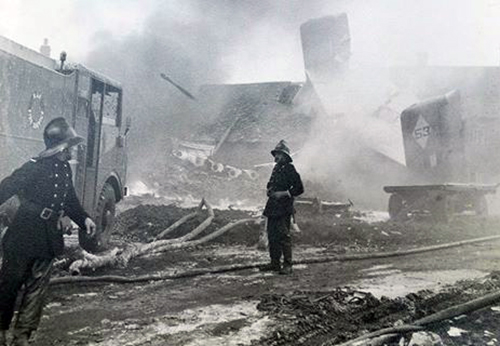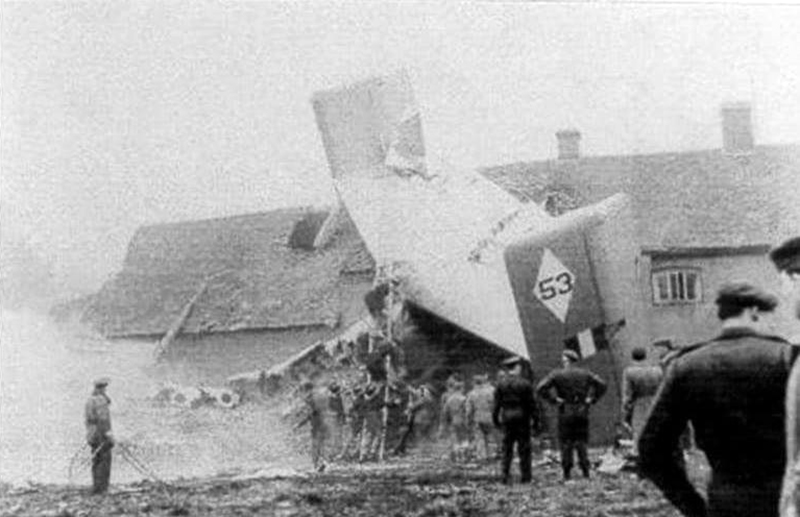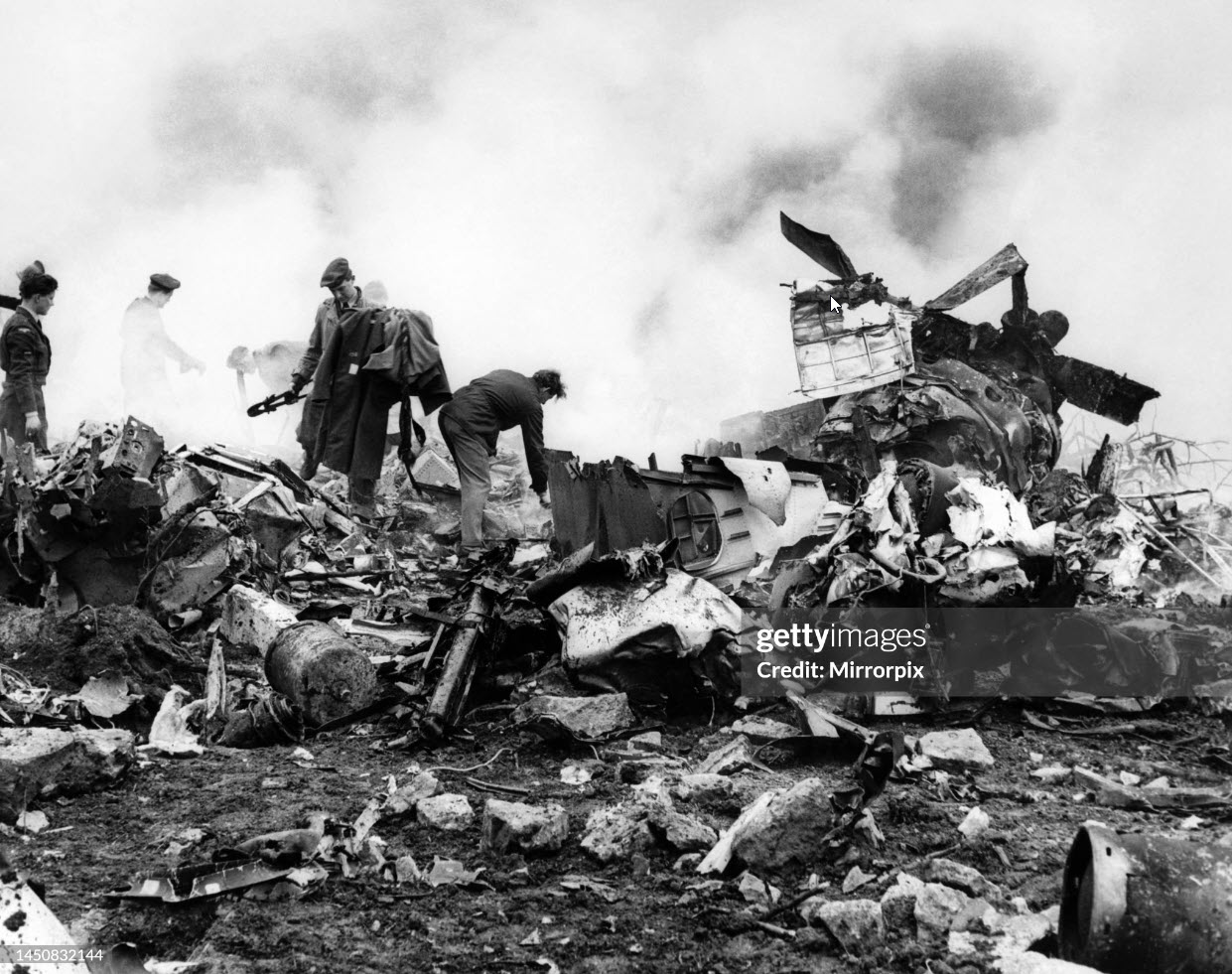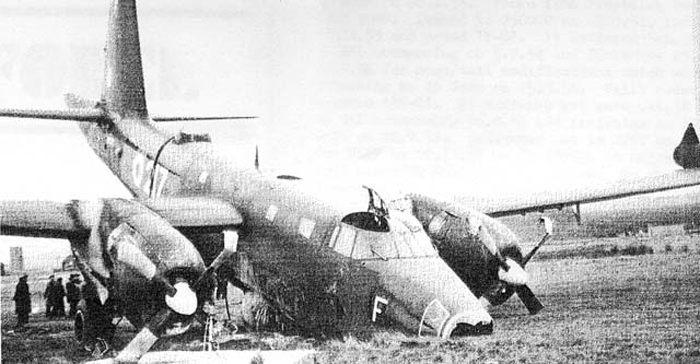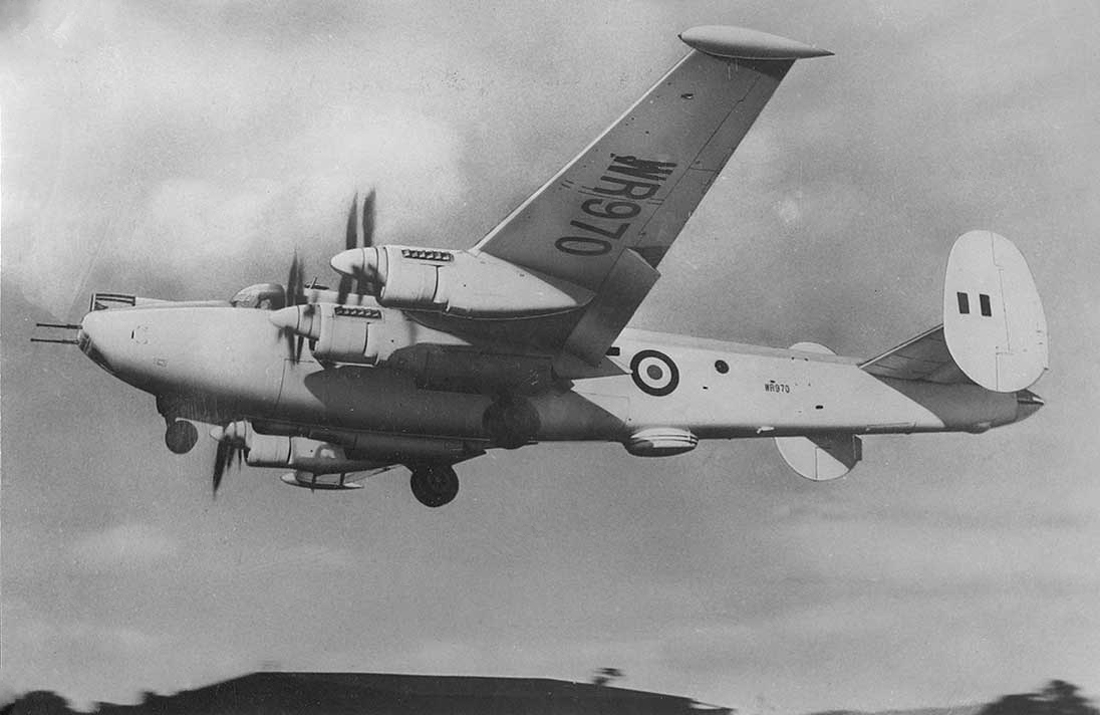Crash of a Vickers 607 Valetta C.1 near Aqaba: 27 killed
Date & Time:
Apr 17, 1957 at 0830 LT
Registration:
VW832
Survivors:
No
Schedule:
Aqaba – Habbaniya
MSN:
393
YOM:
30
Crew on board:
3
Crew fatalities:
Pax on board:
24
Pax fatalities:
Other fatalities:
Total fatalities:
27
Circumstances:
The crew was performing a flight from Aqaba to Habbaniya, taking part to an evacuation mission of the British troops from Jordan. Seven minutes after its takeoff from Aqaba Airport, the airplane banked left, went into a dive and crashed in a huge explosion in a desert area located about 40 km northeast of Aqaba Airport. The airplane disintegrated on impact and all 27 occupants were killed.
Probable cause:
The accident was the consequence of the failure of the port main spar of the outer wing which had resulted in the disintegration of the wing round the fracture and damage to the rear fuselage and tail. The board also said it found that spar failure was due to over-stressing and they suggested this was due to the extreme air turbulence which was known to have existed in the area at the time. The board said they had found no sign of a fatigue failure.
